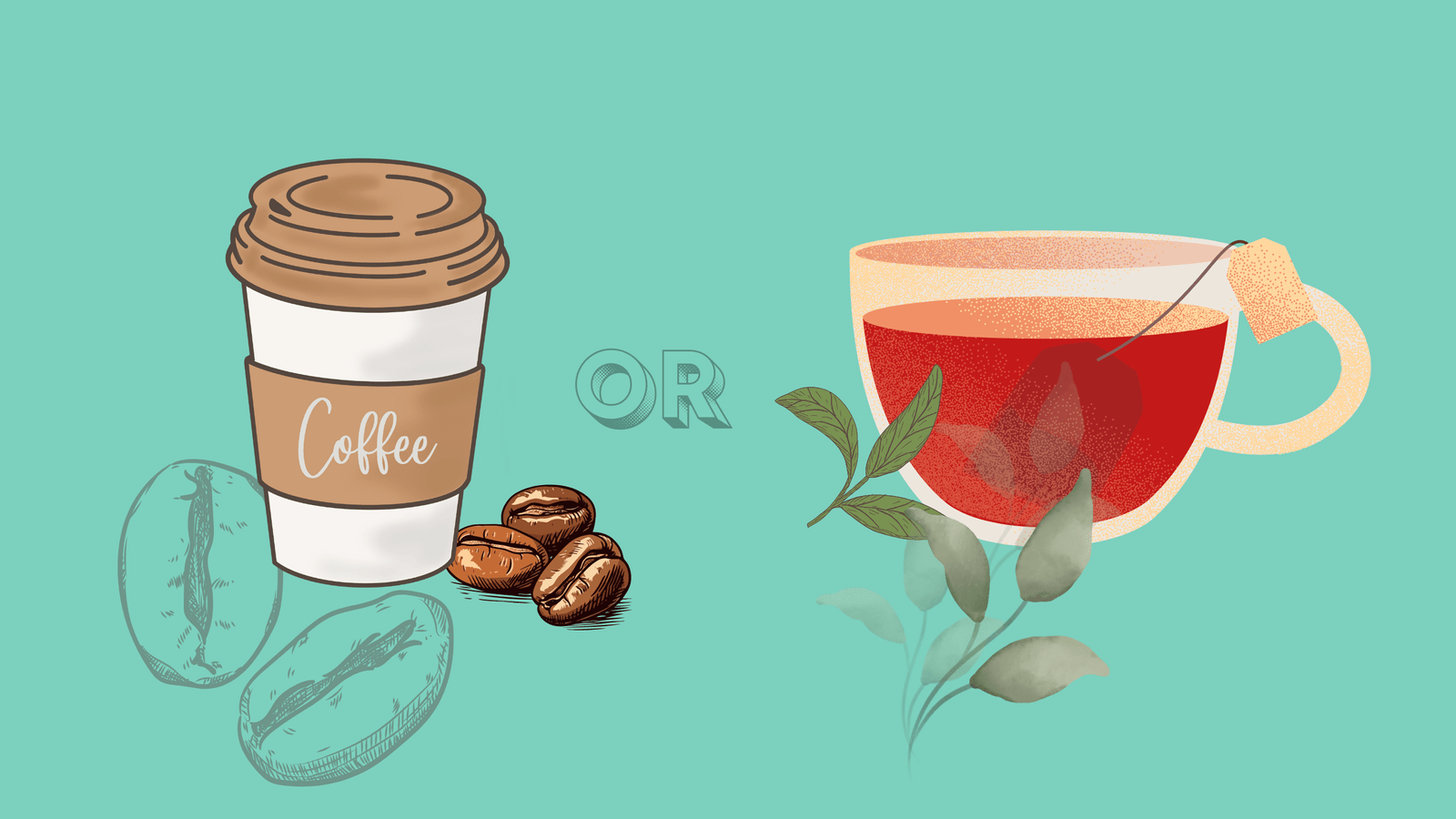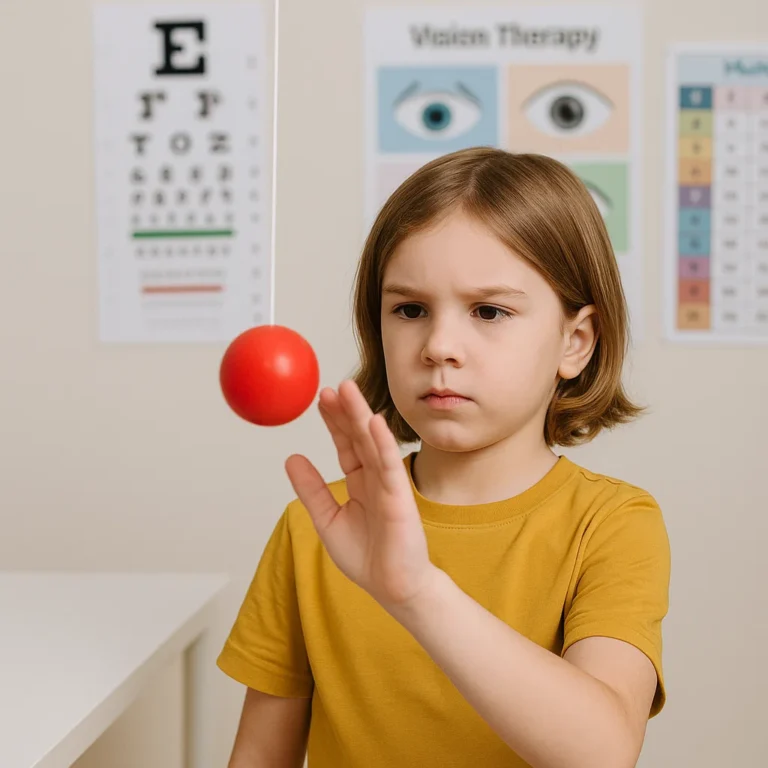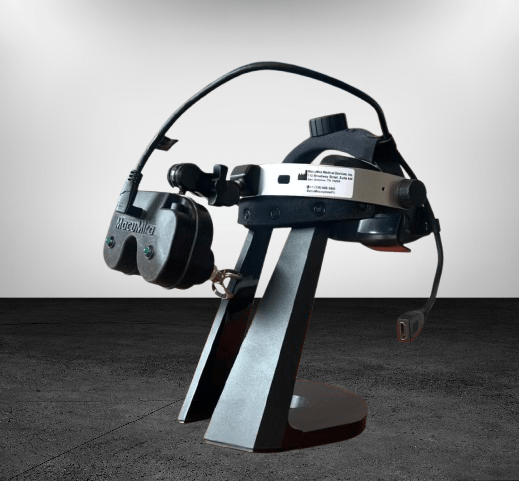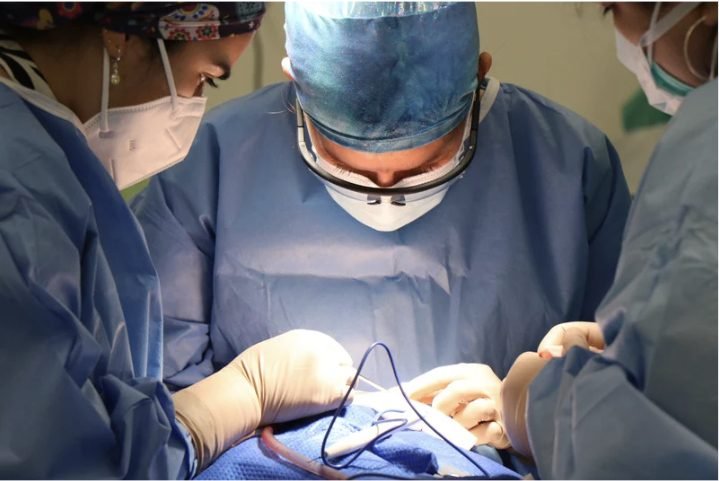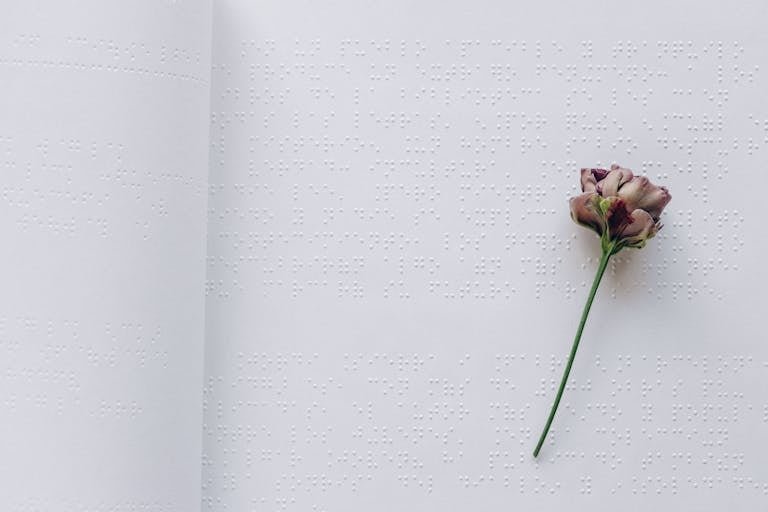Effects of Coffee and Tea on Your Eye health
Coffee, Tea, and Eye Health|
Coffee and tea are two of the world’s most popular hot beverages, each cherished for its unique flavor, warmth, and energy boost. But did you know that these drinks, beyond energizing us, may also affect eye health? Coffee, made from ground coffee beans, and tea, typically from the Camellia Sinensis plant, both contain unique compounds that, when consumed, can influence eye physiology and potentially impact the development and progression of certain eye diseases.
In this blog, we’ll explore how caffeine, antioxidants, and other compounds found in coffee and tea might affect your eyes, including any risks or benefits related to vision health.
The Science Behind Coffee and Tea

Caffeine Content
In simple term, Caffeine, a common stimulant in food and drink, is one of the main reasons people enjoy coffee and tea. Coffee typically contains more caffeine (about 80–150 mg per cup) compared to tea, which offers around 30–50 mg per cup. Even decaffeinated coffee, despite its name, still contains some caffeine—usually between 4 and 30 mg per cup. Decaffeinated coffee is good for those who needs to decrease their caffeine intake.
Antioxidants and Other Compounds
Tea is rich in antioxidants, particularly flavonoids and phytochemicals, which may offer anti-inflammatory and neuroprotective effects. The amino acid theanine, found in tea, is another notable component with potential benefits for mood and cognitive function. Coffee, while containing fewer antioxidants than tea, still offers certain antioxidant properties that can play a role in overall health, including eye health.
Effects of Coffee and Tea on Eye Health

1. Impact on Intraocular Pressure (IOP)
One of the most studied effects of caffeine on eye health is its impact on intraocular pressure (IOP), the fluid pressure inside the eye. Increased IOP is a key risk factor for glaucoma, a condition that can lead to vision loss if untreated.
Caffeine and IOP
Drinking coffee has been shown to raise IOP by about 1–2 mmHg for approximately two hours. This effect is especially relevant for people with glaucoma, ocular hypertension, or a family history of glaucoma, where caffeine may increase the risk of disease progression. Healthy individuals, however, tend to experience only minor or temporary changes.
Tea and IOP
Tea also contains caffeine, albeit in lower amounts, which may slightly raise IOP. However, some studies suggest that antioxidants in tea may offset this effect. For instance, one study found that people who drank hot tea daily had significantly lower odds of developing glaucoma than those who did not. However, research on tea’s exact role in glaucoma prevention remains limited.
2. Glaucoma Risk and Disease Progression
In the past few decades, research has linked heavy coffee consumption (more than three cups a day) to an increased risk of glaucoma among those with a family history of the condition or those already diagnosed. Although most findings stem from retrospective studies, there’s enough evidence to warrant caution for glaucoma patients or those with high-risk factors. Tea, on the other hand, may have a milder effect, though it’s still under study.
3.Effects on Retinal Blood Flow
Caffeine is known to narrow blood vessels, which can reduce blood flow, including to the eyes. Studies show that coffee consumption may slightly increase retinal vascular resistance, meaning that blood flow in the eye’s vessels could be reduced. This effect, caused by caffeine’s vasoconstrictive properties, might not be problematic for everyone but can be of concern for those with existing eye conditions that affect blood circulation.
4.Choroidal Thickness
The choroid is a layer of blood vessels in the eye that provides oxygen and nutrients to the retina. Interestingly, studies have shown that drinking coffee can reduce choroidal thickness by around 10% within minutes, an effect that lasts for several hours. Reduced choroidal thickness may impact how well the retina is nourished, although the long-term impact of these changes is still not fully understood.

Other Potential Effects of Coffee and Tea on Eyes
Eye Irritation from Tea Bags
Tea bags are sometimes used as warm compresses to relieve eyelid irritation or swelling. While generally safe, using tea bags directly on the eyes can, in some cases, lead to mild corneal staining or discoloration due to the pigments in tea. It’s usually temporary, but if you’re trying this home remedy, ensure the tea bag is clean and warm, not hot.
Mood, Cognition, and Visual Comfort
Theanine in tea is known to promote relaxation and may improve mood, which can indirectly benefit eye health by reducing eye strain caused by stress. In a similar way, coffee’s caffeine boost can improve alertness, which may help with visual focus during long periods of concentration.
Balancing Coffee and Tea Consumption for Eye Health
Moderation is key when it comes to coffee and tea. For those at risk of eye conditions such as glaucoma, reducing coffee intake and opting for tea may be beneficial. Both drinks have unique profiles, with coffee’s higher caffeine content potentially increasing eye pressure, while tea’s antioxidants offer protective benefits.
Let’s find some answer for two of your questions?
Can coffee help with eyesight?
Coffee, particularly due to its chlorogenic acid (CLA) content, may have protective effects on eye health. CLA, an antioxidant found in coffee, appears to help shield retinal cells from oxidative stress—a factor associated with conditions like glaucoma, age-related macular degeneration (AMD), and diabetic retinopathy.
Does decaf coffee cause dry eyes?
Research shows that decaf coffee might increase dry eye symptoms compared to regular coffee. Caffeine in regular coffee can help stimulate tear production, which supports eye moisture. A large study published in Review of Optometry found that people who drank regular coffee had a lower risk of dry eye than those who drank decaf. This difference suggests that caffeine plays a beneficial role in eye hydration.
Here are some ways to enjoy coffee and tea safely while protecting your eye health:

- Limit coffee to 1–2 cups a day if you have glaucoma or a family history of eye conditions.
- Consider switching to green or herbal tea for a lower caffeine option that still offers antioxidant benefits.
- Stay hydrated by drinking water to offset caffeine’s dehydrating effects, which can lead to eye dryness.
Both coffee and tea are loved worldwide, each bringing unique effects to eye health. While coffee’s caffeine may raise eye pressure and reduce retinal blood flow, tea’s antioxidants could offer some protective benefits. As research advances, it’s clear that mindful consumption—particularly for those at risk of eye issues—supports overall eye health. By balancing caffeine intake with hydration and a diet rich in nutrients and antioxidants, you can help keep your eyes in good shape.

